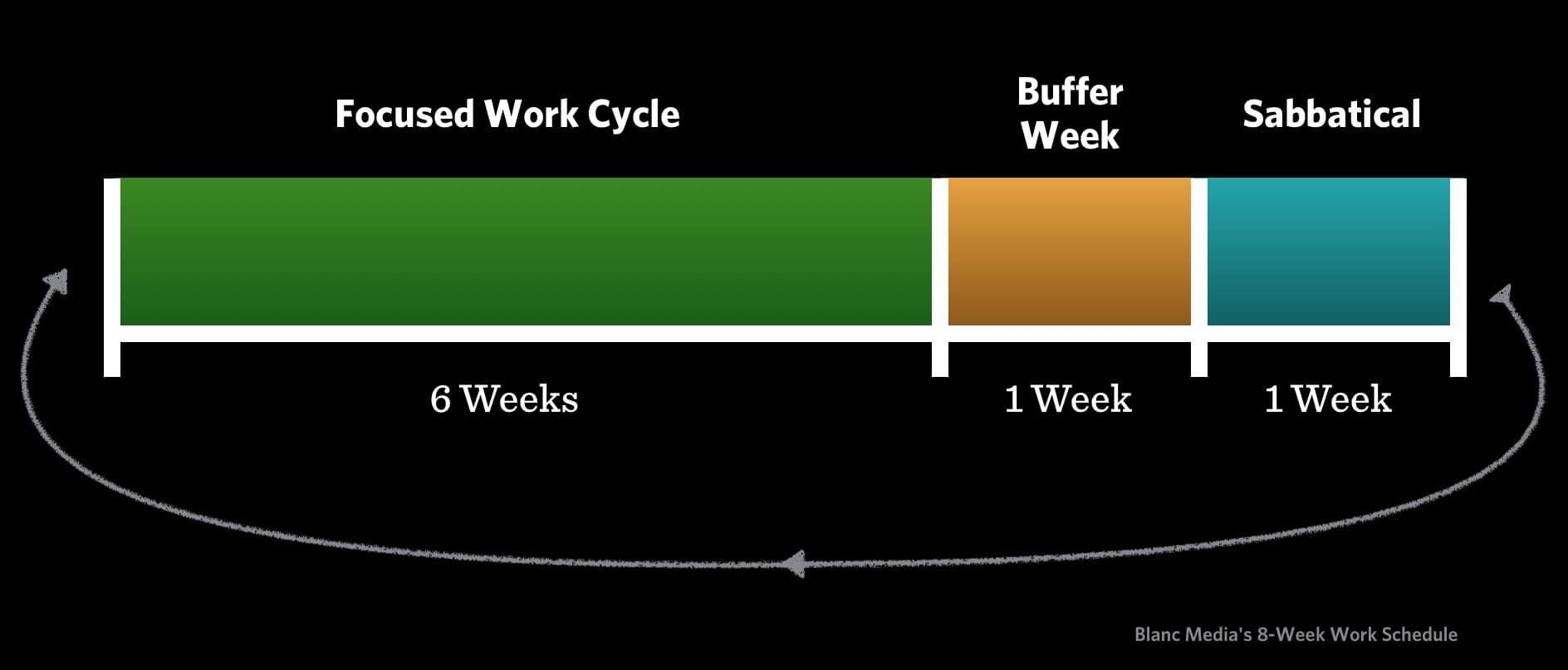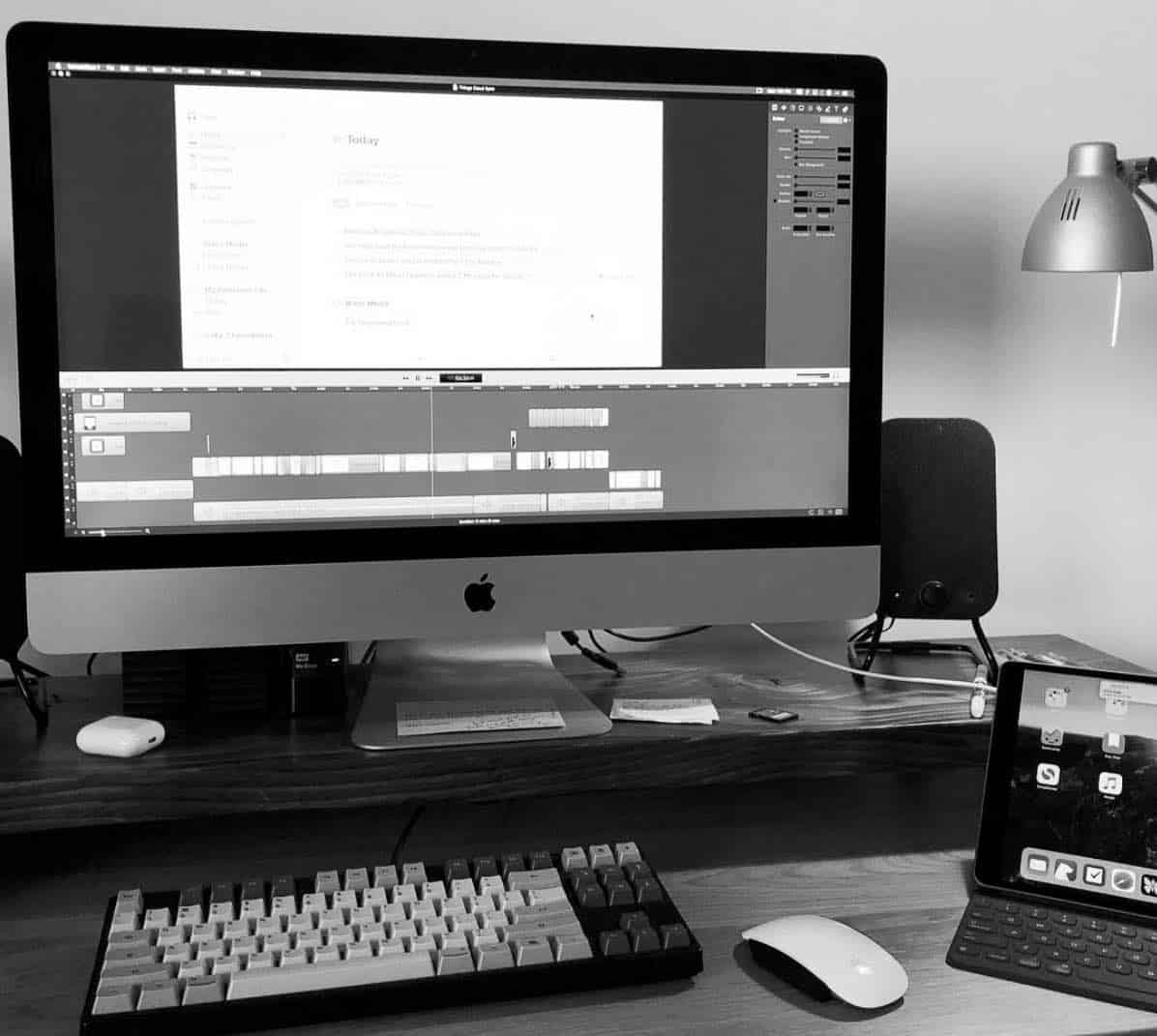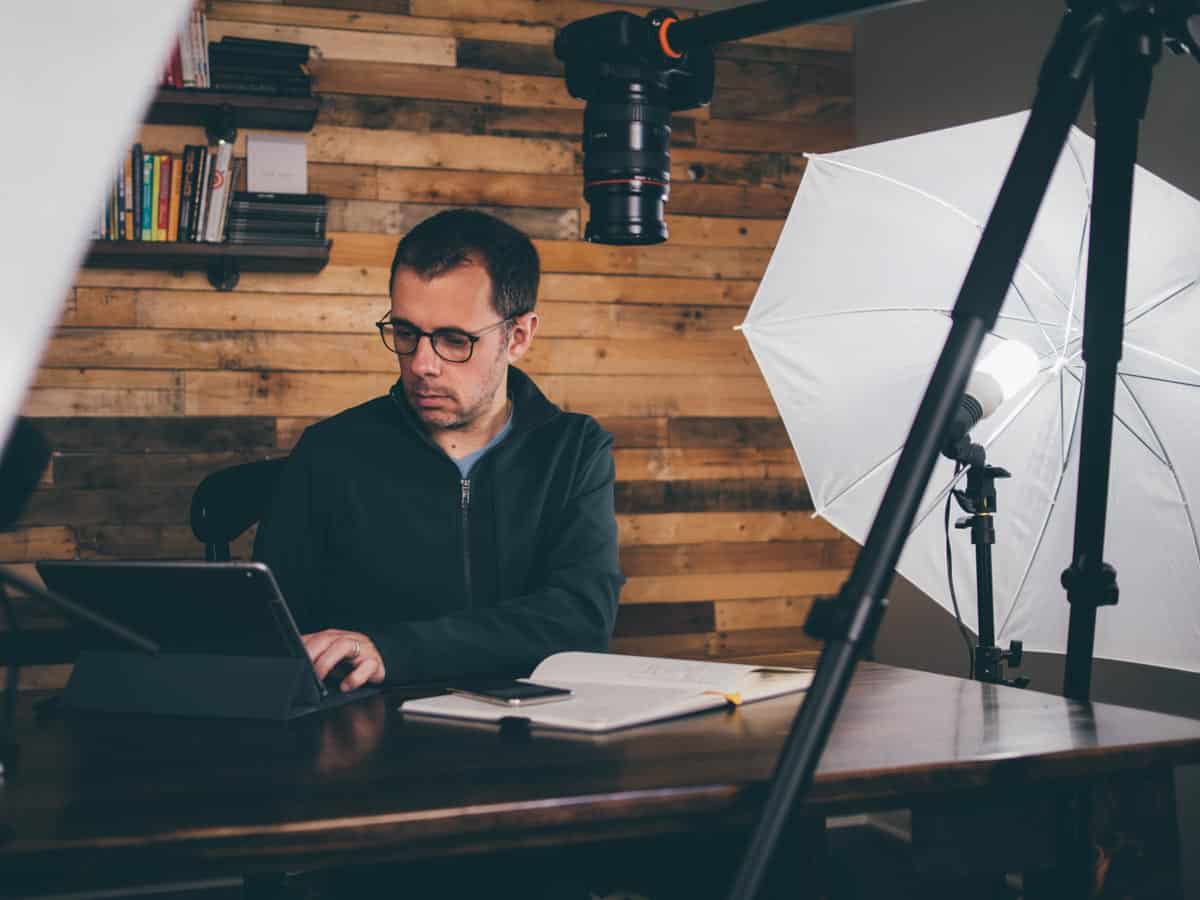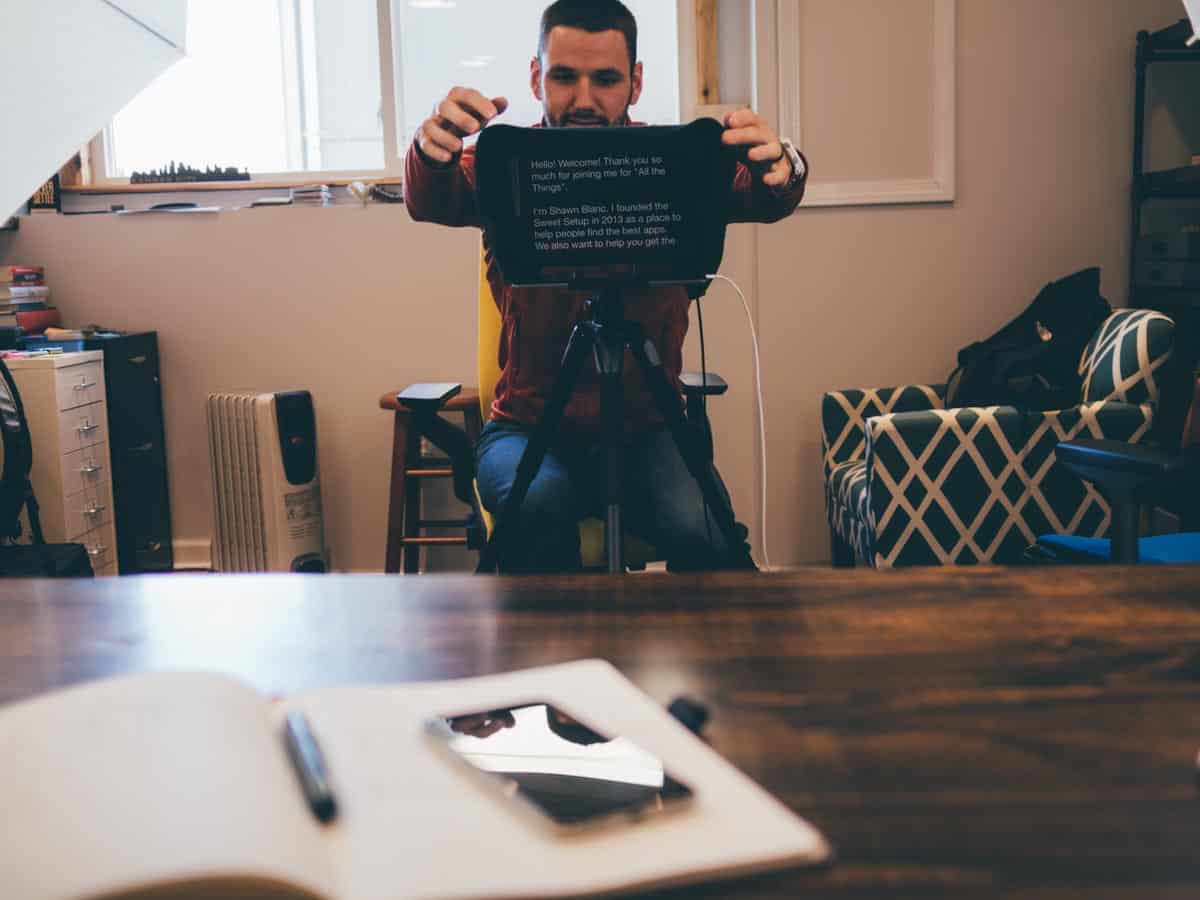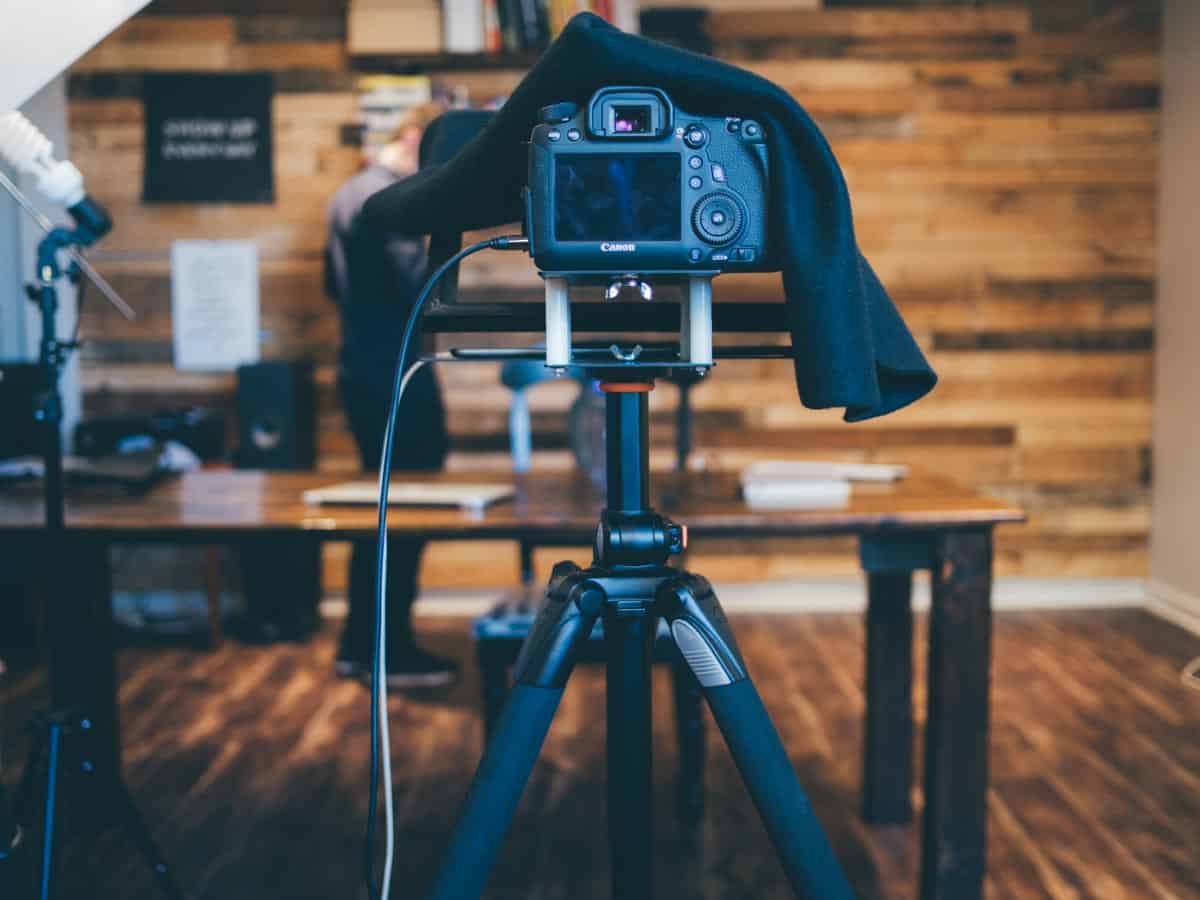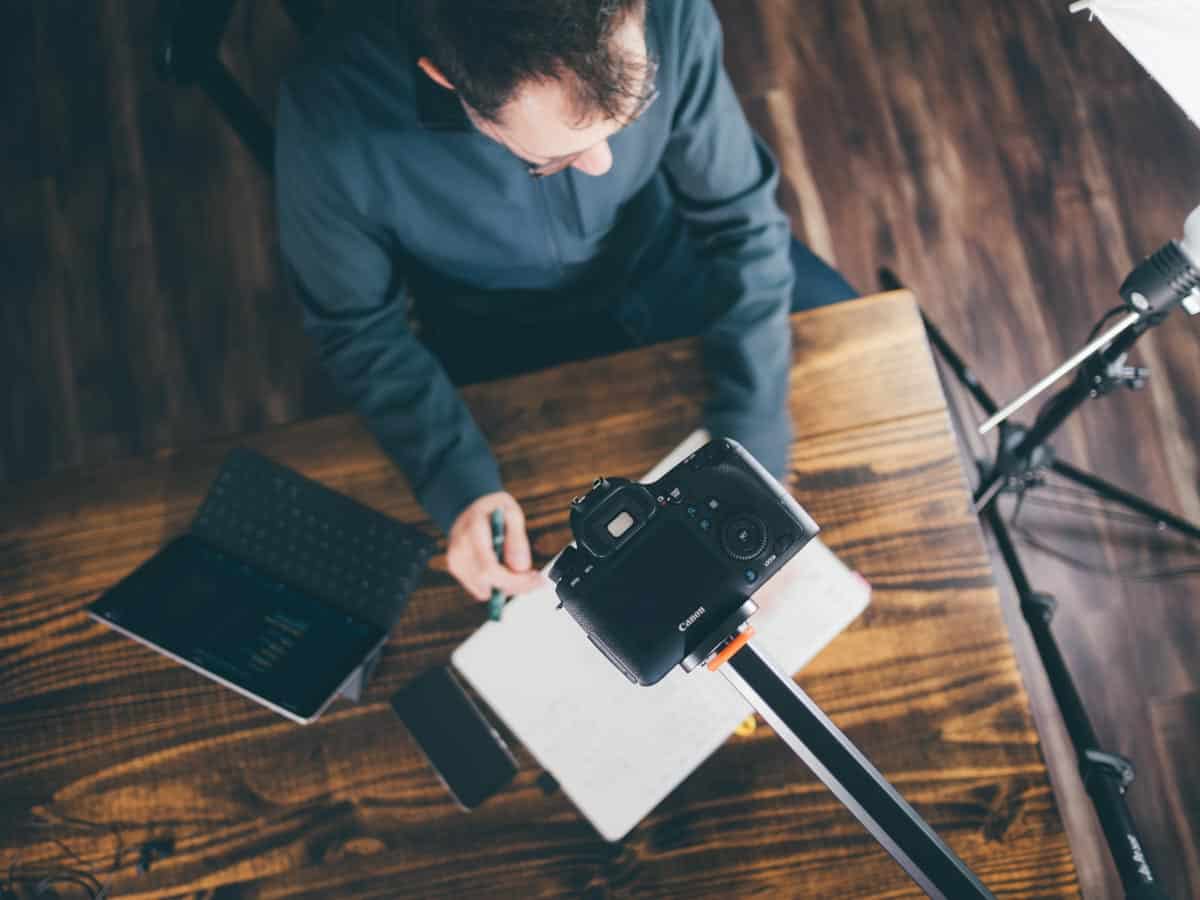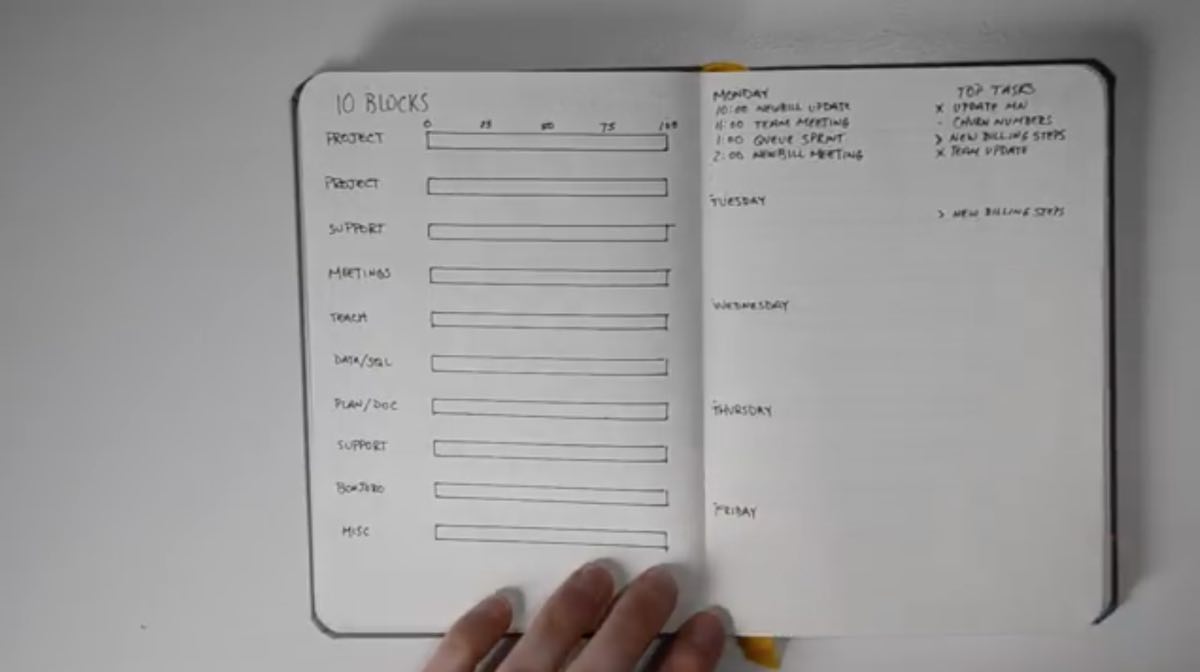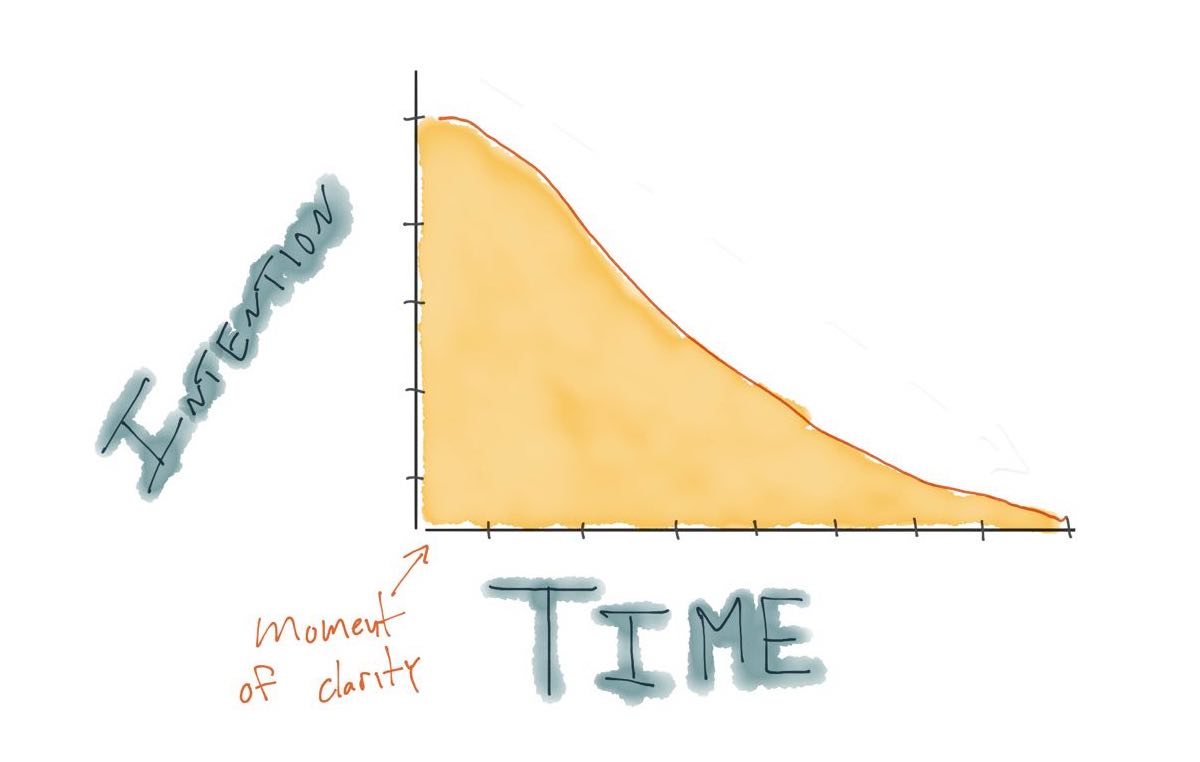“What’s your number one productivity tip, Shawn?”
I get asked this question all the time. And I have a somewhat bizarre answer. When people first hear it they give me a weird look. And then as I explain it, everything clicks.
The tip is this:
Tonight, before you go to bed, set out your clothes for tomorrow.
See? I can already tell that you’re thinking to yourself: What? Shawn has lost it.
Here’s why this matters:
- You’re helping your future self.
- You’re setting an easy goal that you can win at (which helps you to win when you set harder goals).
- You’re learning how to plan ahead and keep your word to yourself.
Who would have thought there would be SO MANY NUANCES to something as dorky as setting out tomorrow’s underwear?
This idea of helping my future self and following through on my own commitments is something I use all over my life. Not least of which is my weekly review.
(If you’ve been through our best-selling productivity course then you are already familiar with how and why I do my daily and weekly planning. So I won’t go into all the details here.)
A Brief Overview of What My Weekly Review Looks Like
On Sunday afternoons, I sit down for about an hour to review my past week and to plan for my upcoming week. The two apps I use for this are Things and Day One.
The times of my life when I am most productive and relaxed can pretty much be exactly correlated with the times of my life I have maintained this habit.
By taking time to review the past week and plan the next one, it helps me spend my entire week better. And not just with work-related stuff — it helps immensely with personal and family life as well.
What I do is I review the past week’s wins and losses, and make notes of all the highlights and lowlights of the week. As I mentioned, I do this for my work and my personal life. I look through my Baron Fig notebook and also my Things Logbook to glance briefly at all the tasks and goals I accomplished (or didn’t). I also jot down any events or memories or parenting fails.
This retrospective takes a total of about 15 or 20 minutes.
Then I take just a few minutes to review what big goals I’m focused on right now (which are always crystal clear, thanks to our focused, 8-week work cycles). This helps me stay on track with what is most important and to ensure I’m focused on the next steps I need to take.
With that done, I then take another 15 or 20 minutes to plan my upcoming week. I write down the week’s 3 Most Important Goals, along with any other miscellany that I want to see happen. (Again, I go into all of this is a LOT of nerdy detail in All the Things.)
Why A Weekly Review?
It’s not easy to coach yourself. Part of moving from Unconscious Incompetence to (un)conscious competence requires feedback loops. Having a coach or mentor can help with this, but so too can it help to keep short accounts with yourself to track and monitor your progress.
In short, this habit helps me stay creative, productive, and focused.
Just like setting out tomorrow’s socks, the weekly review and planning time is a way for me to help my future self. With my plan in place it means that for the whole rest of the week all I have left to do is follow through with the plan. And that makes things so much easier!
As my friend, James Clear, says, highly focused people limit their options. If you commit to nothing, you’ll be distracted by everything.
Moreover, with the weekly retrospective, I am capturing the “smaller” moments in life — things that don’t really seem like a big deal right now, but often times are a big deal in aggregate especially when looking back.
This is critical to skill development, personal development, and more.
If you’re interested in getting a more detailed look at how I use Day One, as well as my full checklist of all the weekly (and monthly) review questions I work through, check out our brand new course: Day One in Depth.
